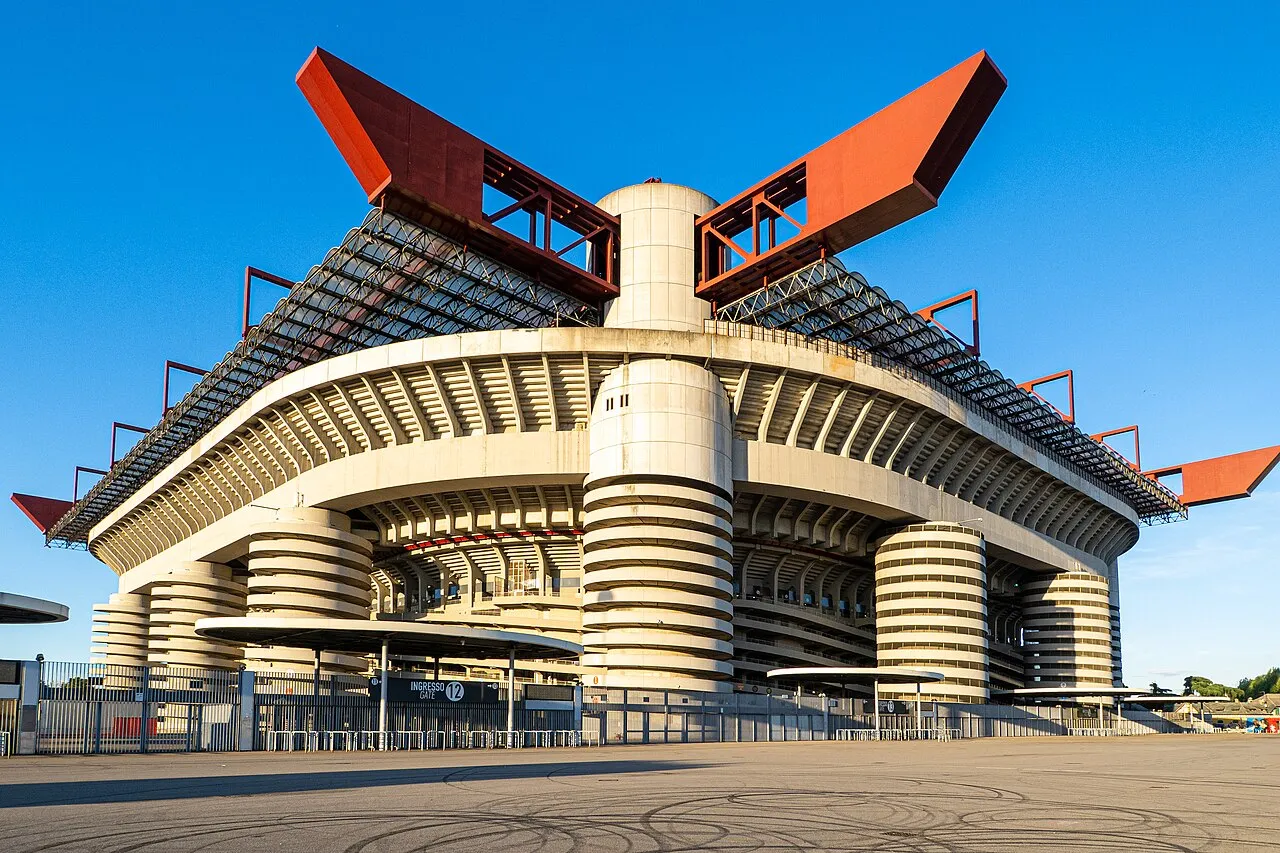Milan’s City Council voted late on 29–30 September 2025 to approve the sale of Stadio Giuseppe Meazza (San Siro) and surrounding land to AC Milan and FC Internazionale for €197 million, a decision that clears the way for most of the century-old arena to be removed and a new stadium to be built. The council vote passed after an almost 12-hour debate.
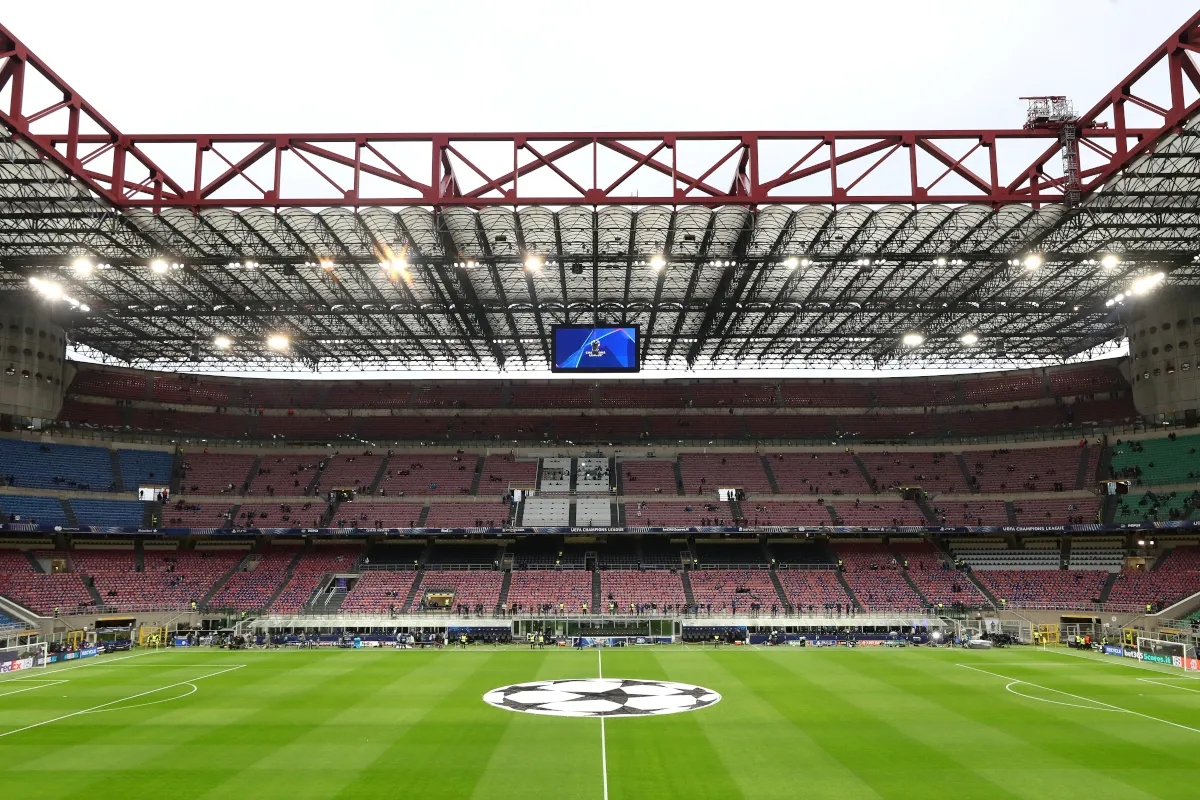
© Marco Luzzani/Getty Images
The new ground will be designed by the renowned architectural partnership of Foster + Partners and MANICA. Their concept proposes a two-tier, 71,500-seat arena that balances modern fan experience with efficiency in design. The scheme extends beyond football: the clubs intend to transform approximately 281,000 square meters of the surrounding district into a mixed-use urban precinct featuring public spaces, retail, hospitality, and community areas.
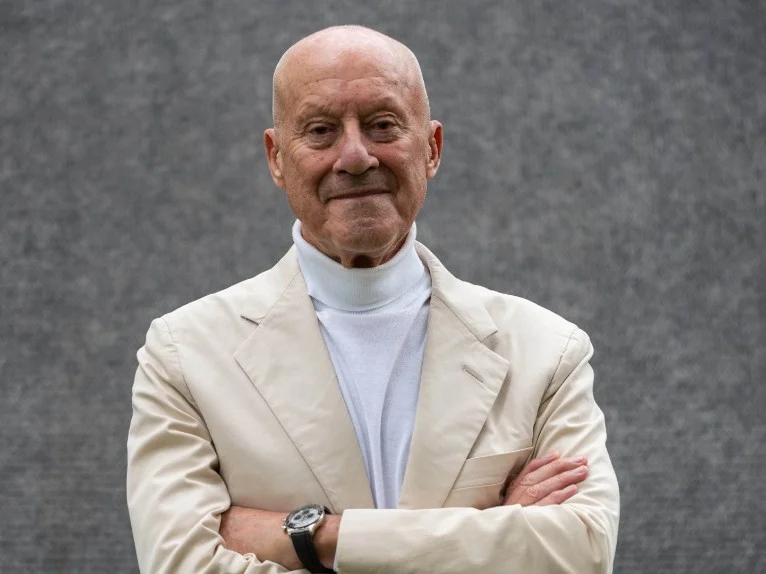
Norman Foster © Chiara Becattini
Construction is scheduled to begin in 2027, with an opening targeted for 2031. This timeline is carefully aligned with Italy’s role as a co-host of Euro 2032, ensuring that Milan can present its new football stadium on the continental stage.
Balancing Heritage and Renewal
While the majority of San Siro is set to be demolished, not all of it will disappear. A portion of the second tier, considered architecturally and historically significant, is expected to be retained as a memorial fragment. This gesture acknowledges the stadium’s cultural weight, offering a tangible link between the past and the future.
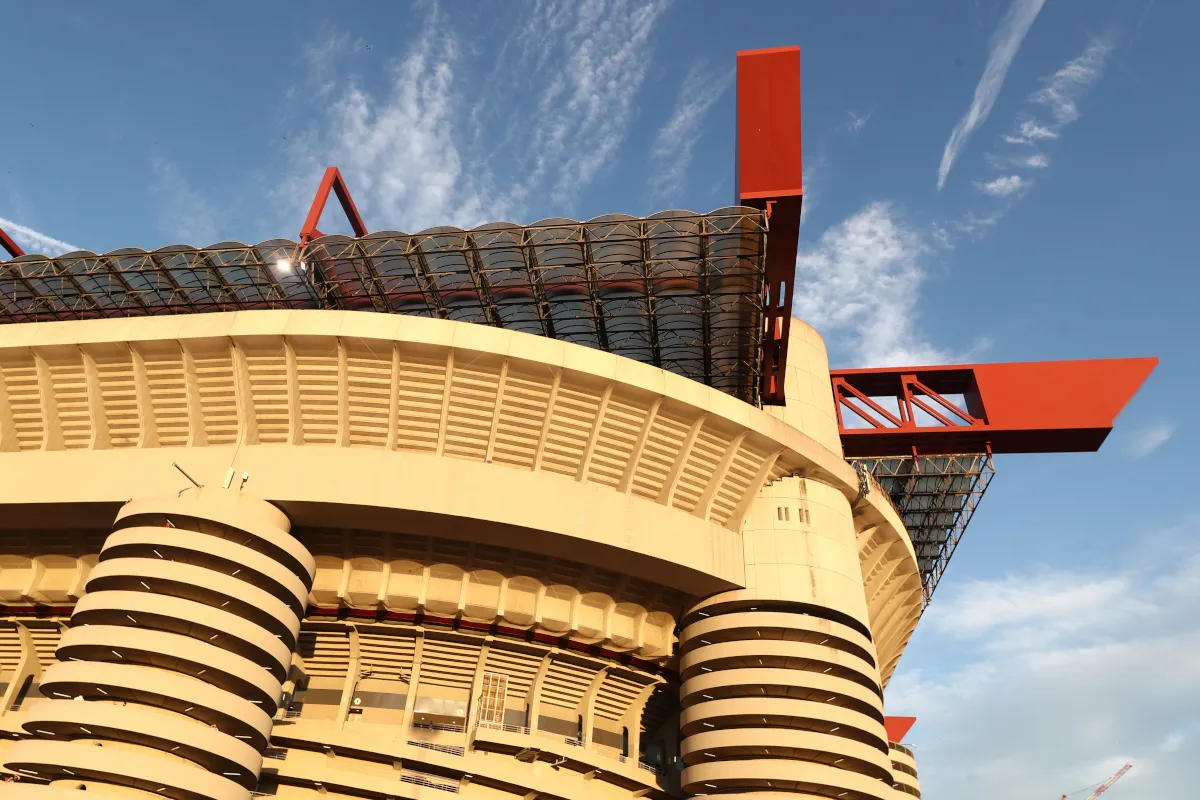
© Marco Luzzani/Getty Images
The urgency behind the council’s decision stems partly from heritage law. By November 2025, the second ring of San Siro will reach its 70-year mark, at which point it could fall under cultural protection. Completing the sale and formalizing redevelopment plans before that date allows the clubs more freedom to redesign without sweeping restrictions.
The replacement of San Siro represents a broader purpose for Milan as a global city. The project aligns with trends seen in other European capitals, where football clubs are reimagining stadiums as multi-use hubs integrated into the urban fabric.
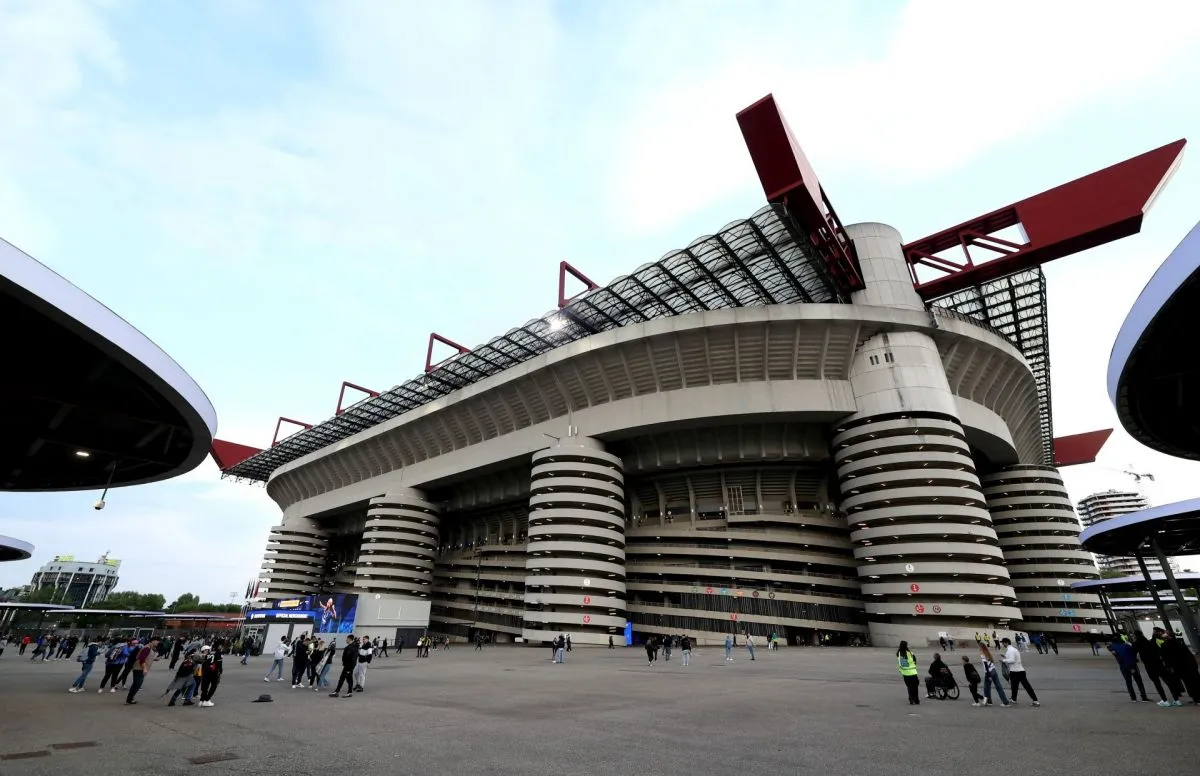
New San Siro Stadium in Milan, © Marco Luzzani/Getty Images
For AC Milan and Inter, the move is also strategic. Both clubs have long sought modern infrastructure to match their global status. Beyond revenue from matchdays, the development is expected to generate sustained income through entertainment, retail, and tourism.

